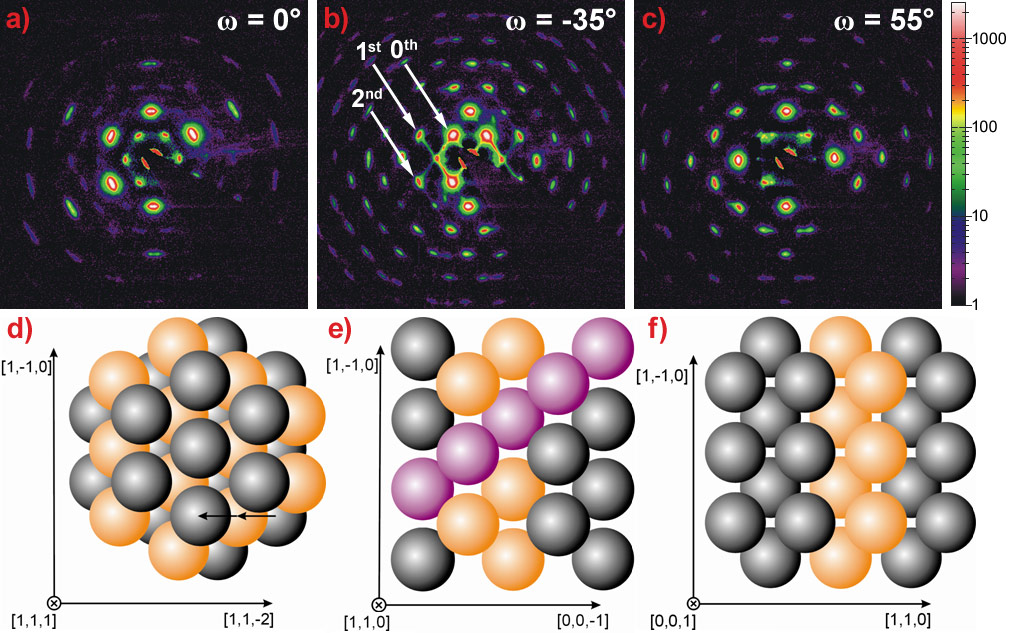
These generates several differences between them such as that scattering of X-rays highly depend on the atomic number of the atoms whereas neutrons depend on the properties of the nucleus. Neutrons are scattered by the nucleus of the atoms rather than X-rays, which are scattered by the electrons of the atoms. The study of materials by neutron radiation has many advantages against the normally used such as X-rays and electrons. Neutrons have been studied for the determination of crystalline structures. The same relationship is used the only difference being is that instead of using X-rays as the source, neutrons that are ejected and hit the crystal are being examined. The first data taken at Z include 6.2-keV and 7.2-keV two-color radiographs as well as radiographs of low-convergence (C R about 4-5), high-areal-density liner implosions.\) Bragg’s Law constructionīragg’s Law applies similarly to neutron diffraction. This system operates at a similar Bragg angle as the existing 1.865 keV and 6.151 keV backlighters, enhancing our capabilities for two-color, two-frame radiography without modifying the system integration at Z.

Here, we present a 7.242 keV backlighter system using a Ge(335) spherical crystal with the Co He α resonance line. Radiographs of imploding, thick-walled beryllium liners at convergence ratios C R above 15 using the 6.151-keV backlighter system were too opaque to identify the inner radius ri of the liner with high confidence, demonstrating the need more » for a higher-energy x-ray radiography system. The x-ray source is generated by the Z-Beamlet laser, which provides two 527-nm, 1 kJ, 1-ns laser pulses. Many experiments on Sandia National Laboratories’ Z Pulsed Power Facility-a 30 MA, 100 ns rise-time, pulsed-power driver-use a monochromatic quartz crystal backlighter system at 1.865 keV (Si He α) or 6.151 keV (Mn He α) x-ray energy to radiograph an imploding liner (cylindrical tube) or wire array z-pinch. The front of the enclosure can be fitted with various filters to maximize the diffraction signal-to-noise. Image plates are used as the x-ray detector and are loaded through the top of the diagnostic in an Aluminum, light-tight cartridge. The beam block is made of 1-inch thick, Al-coated Heavymet and serves to block the x-rays directly from the petawatt backlight, while allowing the diffraction x-rays from the crystal to pass to the enclosure. The Bragg Diffraction Imager, or BDI, is a TIM-mounted instrument consisting of a heavily shielded enclosure made from 3/8-inch thick Heavymet (W-Fe-Ni alloy) and a precisely positioned beam bock, attached to the main enclosure by an Aluminum arm. A new diagnostic has been designed to measure Bragg diffraction from laser-driven crystal targets using characteristic x-rays from a short-pulse laser backlighter on the Omega EP laser. While short pulse lasers are very efficient at producing high-energy x-rays, the characteristic x-rays produced in these thin foil targets are superimposed on a broad bremsstrahlung background and can easily saturate a detector if careful diagnostic shielding and experimental geometry are not implemented. thick tungsten housing, where an image plate is used to record the = x-ray backlighters have been developed for use in high-energy radiography of dense targets and other HED applications requiring picosecond-scale burst of hard x-rays. Finally, a spherically bent crystal composed of highly oriented pyrolytic graphite is used to collect and focus the diffracted x rays into a 1-in. The SCDI diagnostic utilizes the Z-Beamlet laser to generate 6.2-keV Mn–He α x rays to probe a shock-compressed material on the Z-DMP load. We have developed a new Spherical Crystal Diffraction Imager (SCDI) diagnostic to relay and image the diffracted x-ray pattern away from the load debris field.

Because of the destructive nature of Z-Dynamic Material Property (DMP) experiments and low signal vs background emission levels of XRD, it is very challenging to detect a diffraction signal close to the Z-DMP load and to recover the data. X-ray diffraction (XRD) is a key atomic scale probe since it provides direct observation of the compression and strain of the crystal lattice and is used to detect, identify, and quantify phase transitions. Sandia’s Z Pulsed Power Facility is able to dynamically compress matter to extreme states with exceptional uniformity, duration, and size, which are ideal for investigating fundamental material properties of high energy density conditions.


 0 kommentar(er)
0 kommentar(er)
